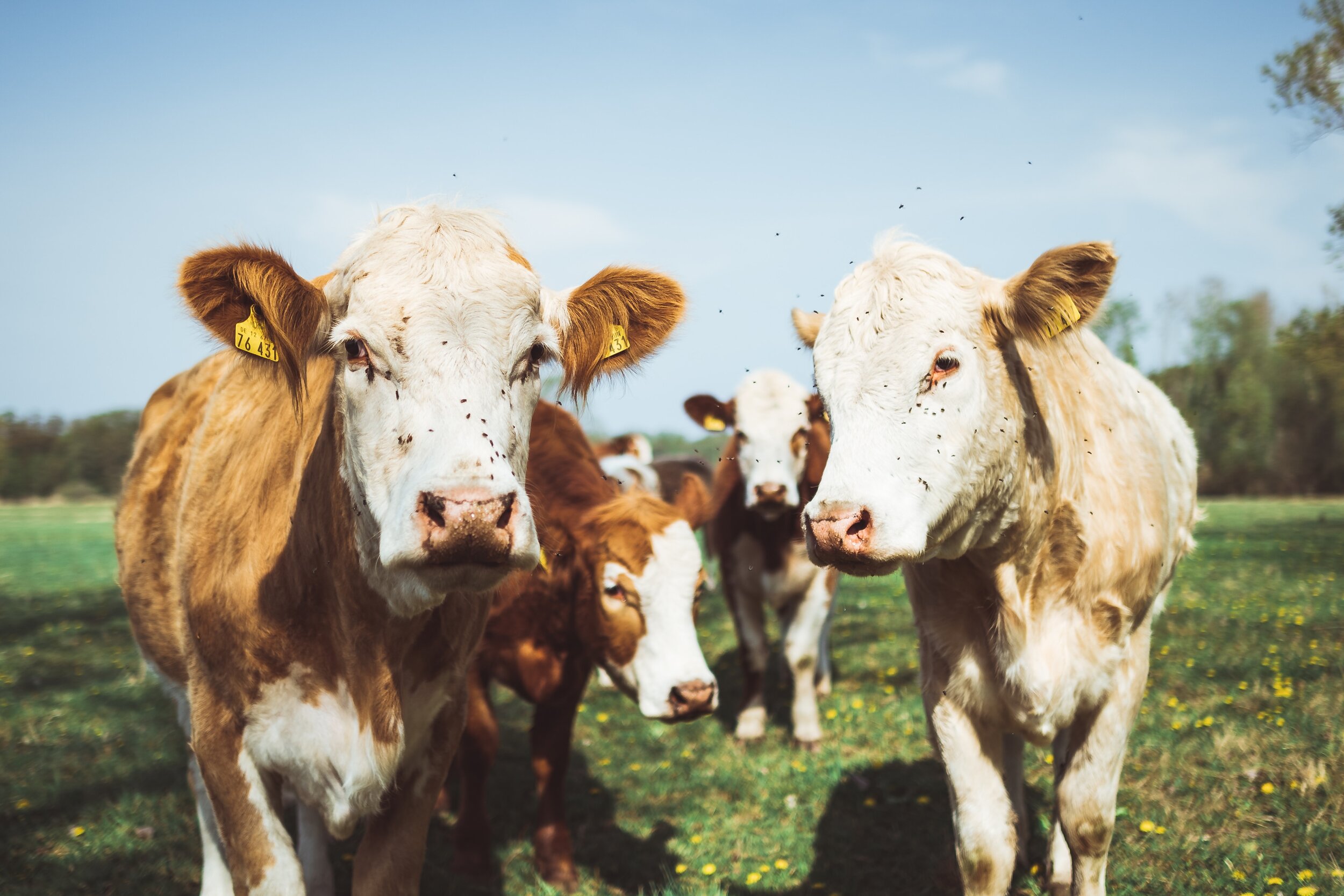My Top 5 Food and Restaurant Predictions for 2020
Hint: there will be more fried chicken, less meat haters, and fairer food deliveries.
1. Low-ABV Bevs
The wellness movement of the past decade prompted an outpouring of love for natural, biodynamic, and sulfite-free wines. As we grew more aware of the relationship between alcohol and health, 2017 through 2019 had brands like Truly, White Claw, Owl’s Brew, and La Colombe introduce their own lines of hard seltzers, boozy teas, and spiked coffees. Summer 2019 was the height of our obsession: “Ain’t no laws when you’re drinking Claws!” was undoubtedly (and annoyingly) the slogan of the season. In 2020, it seems low-ABV beverages will remain popular as health-conscious consumers and “sober curious” citizens venture out into the dining scene. Restaurants will thusly pursue secondary beverage programs to offer delectable “virgin” drinks, mocktails, and cocktails made with “soft liquors” like port and sherry. Don’t be surprised to see drink menus organized according to price and ABV in 2020.
2. Eat for Longevity, Not Weight Loss
Foods and dishes of the 2010s were geared much more toward weight loss than health and longevity. Intermittent fasting, the keto diet, and going vegan or plant-based introduced an idea that by controlling what and how we eat, we can achieve the bodily shapes and forms we desire. 2020 will rightfully reinvent this concept as we come face-to-face with 75 million baby boomers (40% of the population) enduring cognitive decline from age or disease. Rather than our bodily forms, expect to see more foods and restaurant dishes that advocate for improved bodily functions. QSR (quick-service restaurant) concepts like Honeybrains have a menu “100% based on neuroscience.” Brodo—chef Marco Canora’s brand of bone broths—has positioned itself as a solution to better joint and immunity health. Pull up a seat and prepare to eat for better sleep and productivity next year.
3. Downsize the Gig Economy, Resize Restaurant Potential
Apps Seamless, Grubhub, DoorDash and Caviar made ordering our favorite foods from home easier than ever. But expedited-ordering and on-demand labor has created a gig economy that relies heavily on a network of independent, mistreated, and underpaid workers. Profits from delivery apps aren’t shared with restaurants despite a commission fee, and other apps like Zomato and Uber Eats have forced restaurants to offer users discounts. All these factors have hugely negative effects on restaurants’ bottom lines. To offset costs and offer more equitable employment opportunities, restaurants in 2020 will go online. Ghost kitchens (delivery-only restaurants) and virtual restaurants (existing restaurants that prepare other foods for delivery) will streamline revenues, provide financial stability, and allow restaurants to better reach their eager-but-lazy diners.
4. Meat Making Moooves
The Impossible Meat movement shed an even brighter light on the environmental consequences of our unrelenting demand for beef, but lab-made meat cultured from animal cells has yet to prove a viable and sustainable solution to food-related CO2 emissions. Investors have already contributed more than $16 billion to plant and cell-based meat companies, but cattle farming and meat processing in 2020 will not wane. Carnivores, rejoice: scientists and farmers alike theorize that even masses of burping and farting cows can be carbon neutral. Practices in regenerative agriculture will be the talk of the town in 2020, diluting the demonization of meat consumption and prompting farmers to focus more on improving soil health and grazing practices that will hold carbon in soil to reduce our nation’s footprint.
5. Yes, More Fried Chicken
Twitter wars between fast food giants like Arby’s, Wendy’s, Chick-Fil-A, and McDonald’s became a national obsession this year. Enter: the Popeyes fried chicken sandwich, a product so good and so viral that it sent us all into a frenzy. Viral foods certainly aren’t going away any time soon (i.e. moon milk), but the Popeyes craze has motivated other restaurants to give their own fried chicken iterations a makeover. Wendy’s will soon offer a honey butter chicken biscuit for breakfast, and trendy neighborhood eateries will go beyond chicken and waffles to reach for viral-level stardom. I don’t doubt that there will also be a resurgence of the fried chicken wing, though it may trigger the greatest bone-in versus boneless Wing War of all time…




